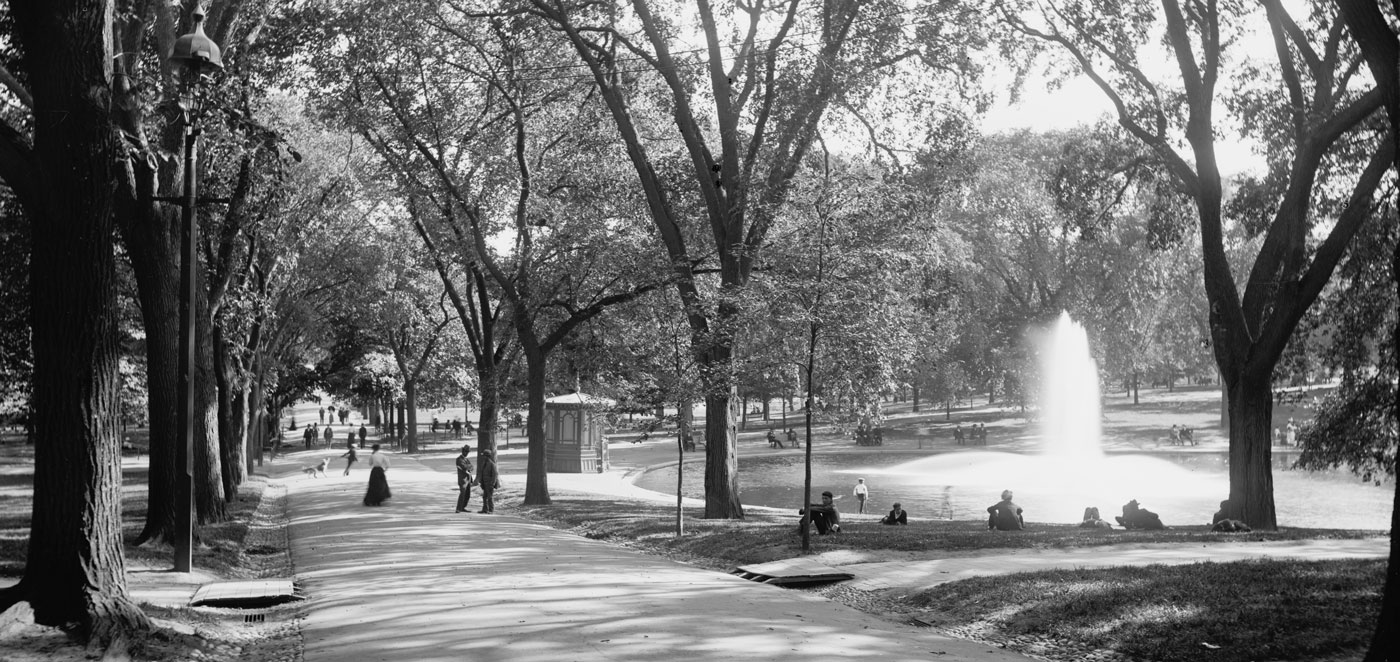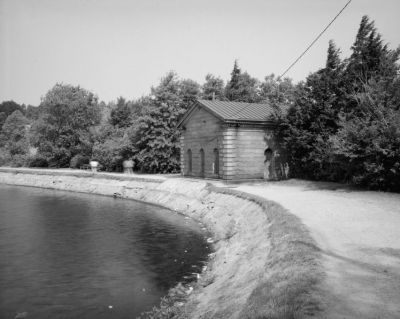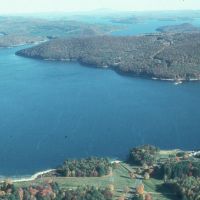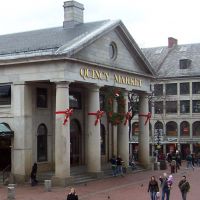Primary Source
GRAND CELEBRATION OF
THE INTRODUCTION OF PURE WATER INTO BOSTON,
The day was ushured [sic] in with the firing of cannon, the ringing of bells, and all the demonstrations proclaiming a day of jubilee throughout the city. . . .The weather was surpassingly fine. Never before, probably, has so large a concourse been gathered in Boston. No political celebration ever called together such multitudes. Not only the Common was filled — but all the streets through which the procession was to pass, were lined with spectators, while the windows, balconies, doors and roofs had their thousands, and even the gates, fences and trees were occupied. The spectacle which the common presented all day was very animating. The moving masses — the gay dresses of the ladies — the military and the firemen — combined to present an extraordinary scene. At various points inscriptions were strung across the streets in commemoration of the past and present epochs of the history of the introduction of the water. Various mottoes from scripture, & c. were also displayed, such as, "Water shall run in dry places, and the thirsty shall drink thereof and be glad." "Streams shall run in our streets, and play about our dwellings."
. . . After hearing the report of the Water Commissioners, the Mayor said, "Citizens of Boston, it has been proposed that pure water be introduced into the city. All who are in favor of the proposition will please say aye." A tremendous response arose from all parts of the Common, and immediately a column of water burst forth from the Fountain, to a height of some seventy-five feet. Nine cheers were given, and the firing of cannon announced the intelligence that the waters of Lake Cochituate were in the heart of our city. The water was thrown subsequently through different jets, and the exhibition called forth the warmest admiration of the multitude. The Fountain indeed operated perfectly, setting at rest all apprehensions as to a full supply of water.
While the foundtain was playing, the following Chorus from the Oratorio of Elijiah, was sung by the Handyl and Haydn Society. . .
Conclusion.—It may with truth be said, that such a day as the 25th October, had Boston never seen; a day as we have before remarked, that will ever live in the memory of her present children, and be carried down in story to children's children….
From Farmer's Cabin, Novmber 2, 1848.







